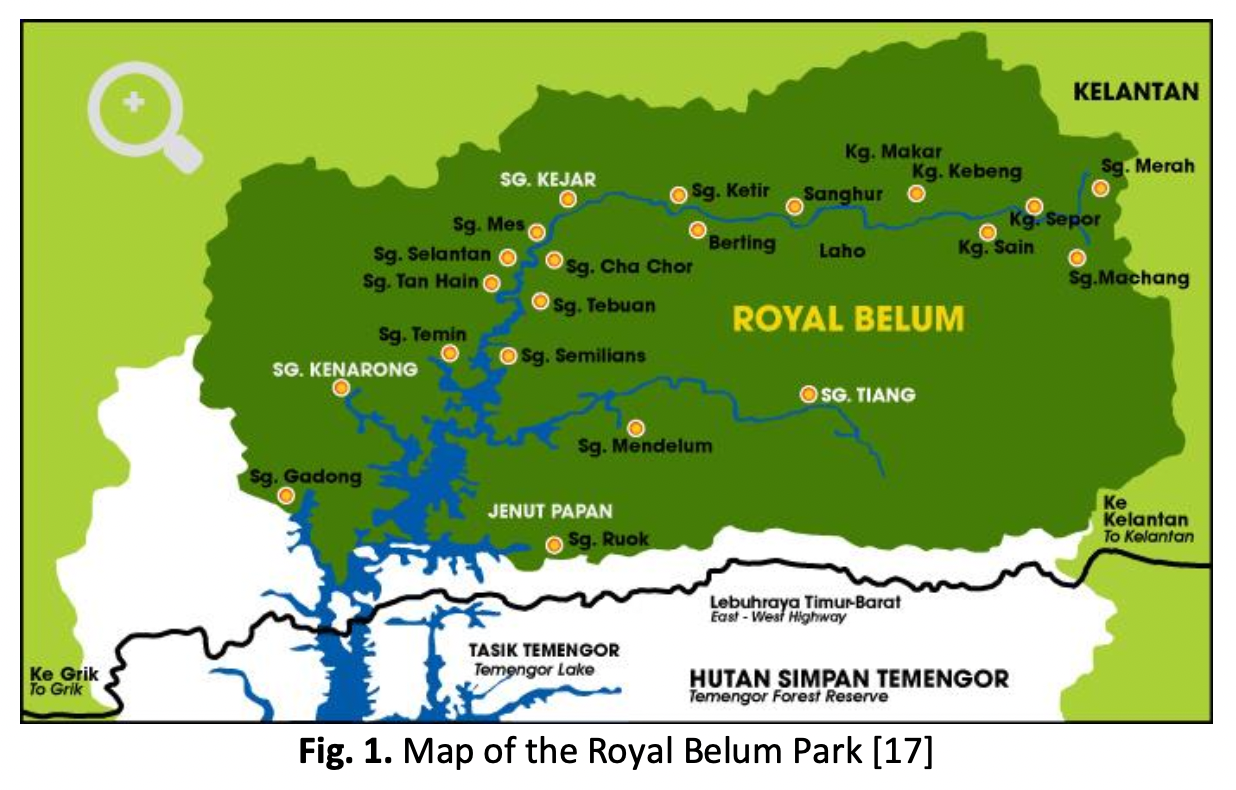An Analysis of Hybrid Renewable Energy System using HOMER Pro: A Case Study in Sungai Tiang Camp, Perak
DOI:
https://doi.org/10.37934/araset.31.3.7992Keywords:
HRES, rural area, HOMER ProAbstract
An extraordinary worldwide shift is occurring in the twenty-first century, as people increasingly turn to renewable energy sources. However, hybrid renewable energy system (HRES) development in rural regions is technically difficult and financially expensive to provide energy access. Due to the various components necessary to produce a hybrid system, its construction is often costly. As the remote areas depend on unsustainable diesel-fuelled generators, they have greater operational expenses than non-remote areas due to the higher cost of diesel and the longer distances needed to transport the fuel. This work focuses on modelling a hybrid renewable energy system that is economically sustainable, environmentally friendly and technical consideration is taken into the design requirements. The energy cost ($/kWh) and lifecycle emission CO2 (kg/year) are considered as economic and environmental indicators, respectively. In addition, a sensitivity analysis for varied diesel fuel price ($/L) and PV capital cost of the HRES is performed to achieve a more feasible configuration. To obtain a system that can fulfil demand while meeting specific technical requirements, three configurations are evaluated: 1) standalone diesel generators, 2) hybrid PV-Diesel without battery and 3) hybrid PV-Diesel with battery. This study proposed system 3 as the best system architecture due to the lowest value of COE of 0.258$/kWh and NPC of $22,130. A solar photovoltaic (PV) and lead acid (LA) battery-based hybrid renewable energy system is suggested to fulfil the camp facility load demand of 14.92kWh/day in a rural area of Sungai Tiang, Perak. Sensitivity analysis findings show that LCOE and NPC values are substantially responsive to fuel price and PV capital cost. Integrated solar and battery technologies can enhance the economic performance (e.g., NPC, COE), environmental performance (e.g., carbon dioxide emissions), and technical performance (e.g., fuel consumption) of a renewable energy system.
Downloads





























